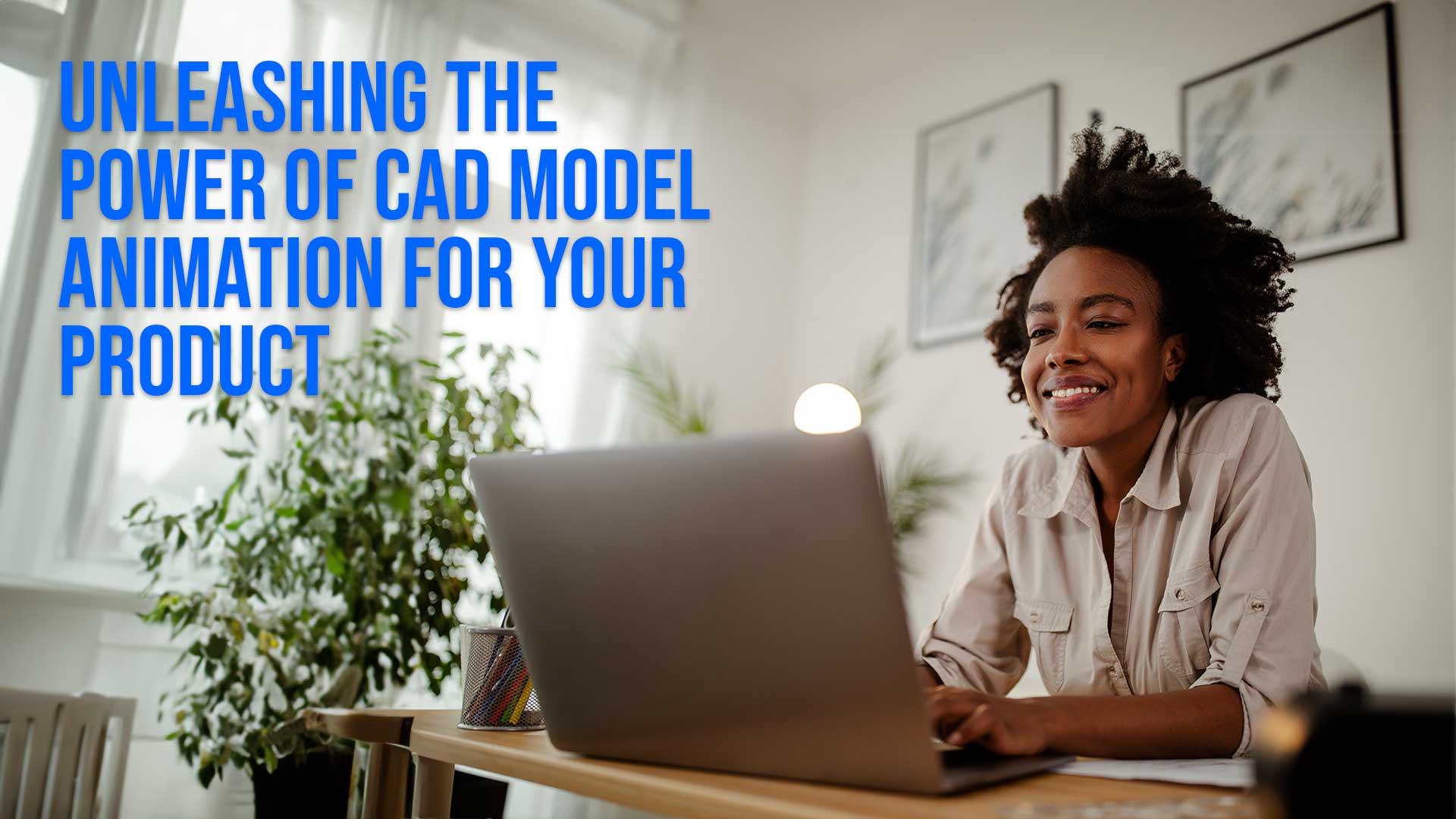We're developing a deeper dive on CAD model animation use cases. While we assemble the full story, explore our Medical Video Production capabilities to see how we visualize intricate devices for clinicians and patients.

Unleashing the Power of CAD Model Animation for Your Product
May 24, 2023
Map Your Next Video Sprint After "Unleashing the Power of CAD Model Animation for Your Product"
Use the playbook you just read as a springboard into one of our flagship production tracks. Each service bundles strategy, scripting, production, and post so you can plug high-performing content directly into your onboarding emails, product education hub, or paid funnel without spinning up extra vendors.
- App Demo Videos — launch-ready screen capture stories for app stores, product pages, and investor decks.
- Software Tutorial Videos — durable training libraries that lighten support loads and keep admins current.
- Explainer Video Production — narrative campaigns that package positioning, customer proof, and CTAs into one hero asset.
- Medical Video Production — compliant storytelling for medtech, pharma, and regulated training teams.
- YouTube Channel Accelerator — serialized thought-leadership and enablement content that stays on-brand month after month.
Send a quick brief through our contact page and we’ll recommend which package, cadence, and measurement plan aligns with your launch, adoption, or revenue goals.